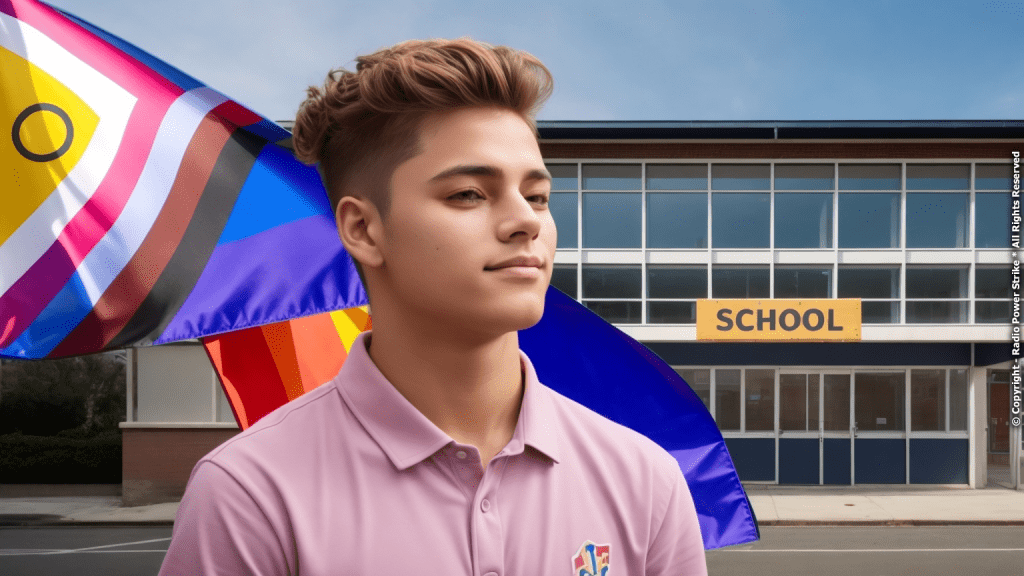Inclusive Education: Promoting LGBTQIA+ Acceptance in Schools
Fostering a Safe and Welcoming Environment for All Students

In today’s globalized world, educational institutions must mirror and celebrate the vast identities and experiences of their student body. Inclusive education, particularly regarding LGBTQIA+ acceptance, is paramount in ensuring all students feel acknowledged, valued, and protected. By cultivating an atmosphere of comprehension and acceptance, schools can better equip students for a world that cherishes diversity and inclusiveness.
The journey towards inclusive education is not just about policy changes; it’s about shifting mindsets. It’s about understanding that every student, regardless of their sexual orientation or gender identity, deserves a safe and supportive learning environment.
The Importance of LGBTQIA+ Inclusion in Schools
Schools serve as reflections of the broader society. As such, they should be places where students from all backgrounds and identities feel embraced and supported. Recognizing and validating the experiences of LGBTQIA+ students not only elevates their self-worth but also cultivates empathy among their peers.
Inclusive education significantly reduces instances of bullying and discrimination. A school that actively promotes acceptance and understanding is likely to witness a more harmonious and collaborative learning environment.
Moreover, when LGBTQIA+ students see themselves represented and their experiences acknowledged, it fosters a sense of belonging. This inclusivity can lead to better academic outcomes and overall well-being for these students.
Strategies for Promoting LGBTQIA+ Acceptance

- Curriculum Integration: Weaving LGBTQIA+ history, literature, and achievements into the curriculum offers students a more comprehensive understanding of the world. It highlights the diverse individuals who have contributed to its shaping.
- Professional Development: Equipping teachers and staff with training on LGBTQIA+ issues ensures they can approach situations with sensitivity and provide necessary support to students.
- Student-Led Initiatives: Encouraging initiatives like Gay-Straight Alliances can offer LGBTQIA+ students a platform to express their concerns and foster understanding among their peers. These clubs can be instrumental in bridging gaps and dispelling myths.
Challenges and Overcoming Them

Promoting LGBTQIA+ acceptance in schools has seen significant progress, but challenges remain. Resistance from certain community factions, a dearth of resources, or archaic school policies can impede advancements. However, with persistent advocacy, collaboration with LGBTQIA+ organizations, and heeding the needs of students, these challenges can be surmounted.
It’s essential to recognize that change, especially systemic change, takes time. Schools need to be patient yet persistent in their efforts. Engaging with resistant community members, showcasing success stories, and continuously updating training and resources can pave the way for a more inclusive environment.
The Way Forward
In the evolving landscape of education, the importance of inclusivity cannot be overstated. As our societies become more diverse, our educational institutions must reflect this diversity, ensuring that every student feels seen, heard, and valued. This commitment to inclusivity isn’t just about LGBTQIA+ students; it’s about creating an environment where every student can thrive, irrespective of their background or identity.
The journey towards a more inclusive educational system requires collaboration, persistence, and a willingness to adapt. Schools must actively seek feedback from students, parents, and educators to ensure that their inclusivity efforts are effective and impactful. By fostering open dialogue and continuously refining their approaches, educational institutions can stay ahead of the curve, setting the standard for what inclusive education should look like.
However, the path to inclusivity isn’t without its challenges. Resistance, lack of resources, and outdated policies can often hinder progress. But with determination, collaboration, and a clear vision, these obstacles can be overcome. The goal is clear: an educational environment where every student, regardless of their identity, feels safe, supported, and empowered to achieve their fullest potential.
The quest for LGBTQIA+ acceptance in schools is more than just a trend; it’s a testament to the kind of society we aspire to build. One where diversity is celebrated, and every individual is given the opportunity to shine. As educators, parents, and stakeholders in the future of our youth, it’s our responsibility to pave the way for a brighter, more inclusive tomorrow.

Comments are closed, but trackbacks and pingbacks are open.